During the 1960s, change was on the horizon from music and fashion to food. Consumers were opening up to new foods that fueled convenience cooking. Products like prepackaged frozen foods filled freezers and canned items were stacked on pantry shelves. Families across the nation were embracing new food trends, and children were starting their days with Pop-Tarts and powdery Carnation drinks while lunch was Spaghetti O’s washed down with cups of colorful Kool-Aid. Homemakers were embracing modern cooking with boxed cake mixes, canned fruit fillings, and packaged foods. Tired mothers with hungry families were eating less home cooking and reaching for store-bought brands.
The Baby Boomer generation was the first to be inundated with boxed cereal, frozen dinners, and an endless parade of packaged and processed foods. Some of these foods and the popular recipes made from them are still around, and others didn’t last.
Childhood nostalgia and a new interest in cooking have brought some of these recipes back to center stage. Whether you love them, hate them, or have never heard of them, these vintage foods are having a moment in the modern culinary scene. And just in case you forgot about them, we have put together a list of vintage foods from the 1960s that may just start to take over again.
To put together this list, 24/7 Tempo researched classic cookbooks and popular magazines of the time to find out which popular foods may still be on the tables. (Also, check out Vintage Foods From the ‘40s Worth Trying Now.)
Fondue
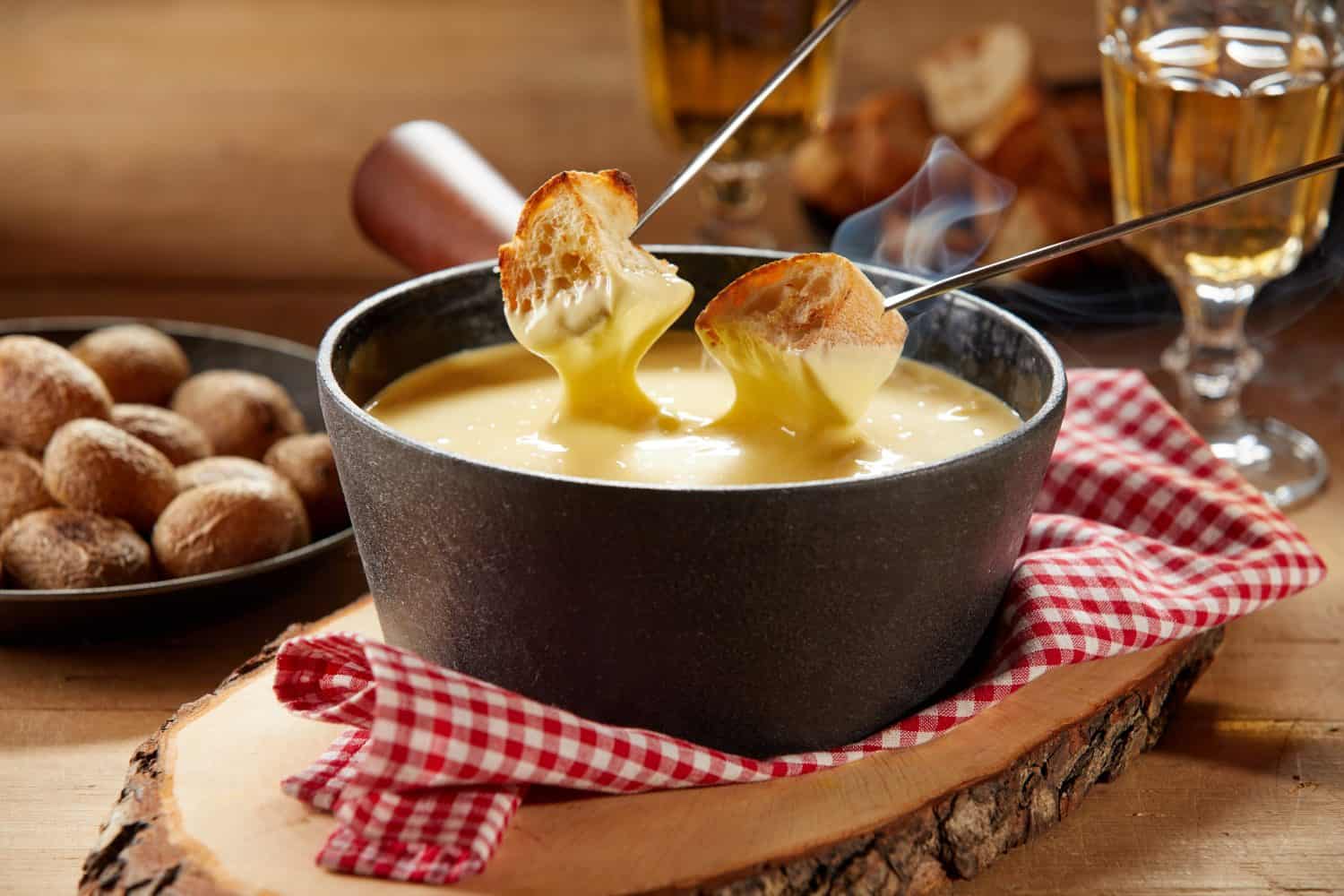
While fondue has been popular in Sweden for decades, it wasn’t a hit in the U.S. until the 1960s. The cheesy dish is the Swedish National Dish and was introduced to the U.S. in 1964 at the World’s Fair in New York City. It is difficult to know exactly why it was so popular. It could be partly because it was European, instantly making it seem sophisticated to American palates, or if the communal serving style and special pot made it seem elegant. Or maybe it was just because melted cheese and thick slices of white bread are so tasty.
If you haven’t tried fondue, then you’re in for a treat. First, you need a special fondue pot; you can find it online or at a second-hand shop. The pot comes with several long forks for dipping and a heating element to keep the cheese melted. Some styles use replaceable gel burners for heat, but you can also find electric fondue pots. Next, take your favorite melty-style cheeses, like Swiss, Gruyere, fontina, or Emmental, mix them with some white wine and a little bit of cornstarch for texture, and melt them together. Traditionally, fondue is served with bread, but you can also dip vegetables like Bell peppers, broccoli, and carrots.
Cocktail Meatballs
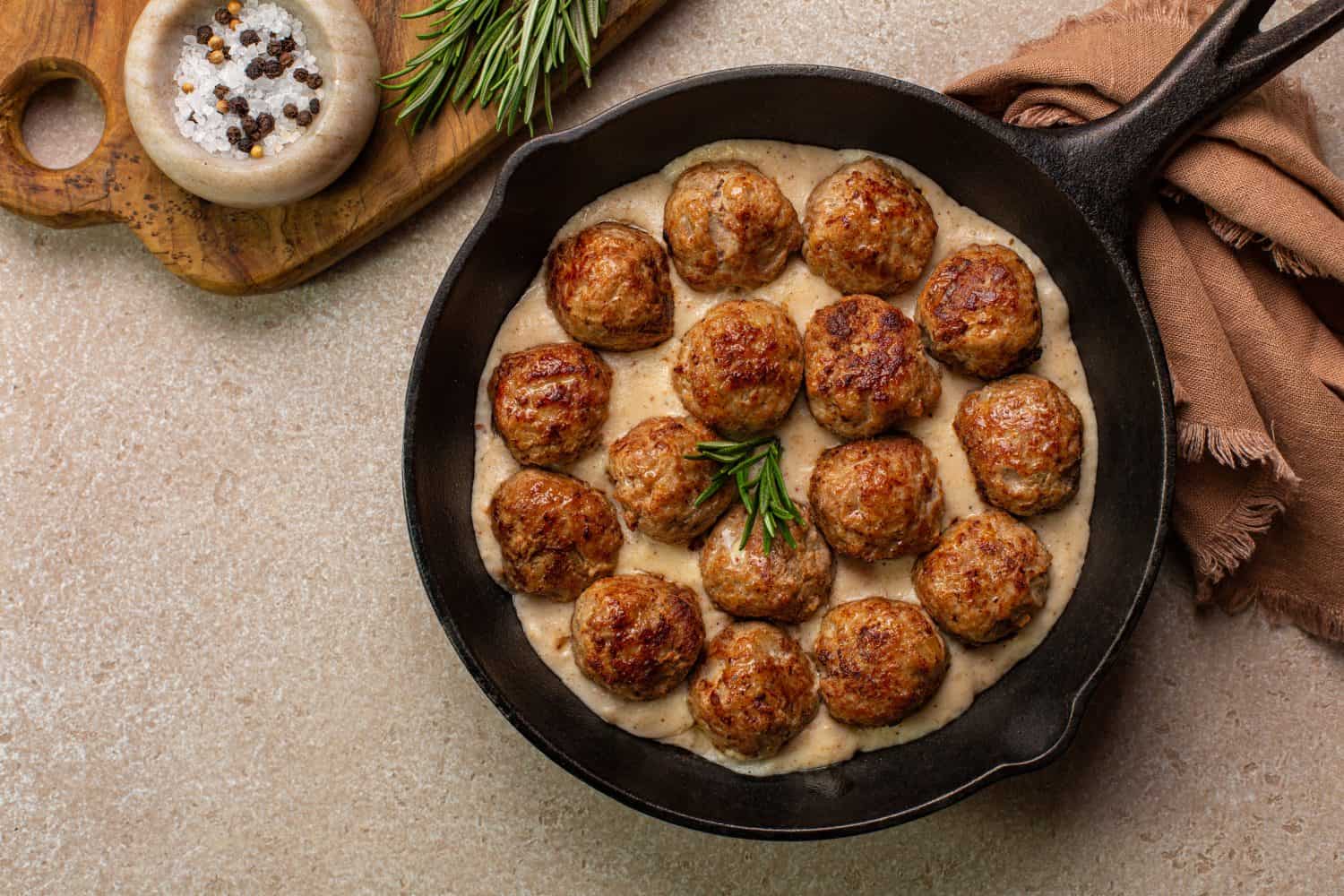
Every party in the 1960s served cocktail meatballs. They were one of the classic appetizers and were mentioned in several women’s magazines under various names, such as Magic Meatballs, Party Meatballs, and Chafing Dish Meatballs. There are a few variations of the recipe, but most call for small meatballs floating in a saucy glaze of equal parts grape jelly and chili sauce.
Homemakers and hostesses in the 1960s made the meatballs from scratch and cooked them in a savory sauce, but these days, recreating cocktail meatballs is easier than ever with small frozen meatballs. The combination of sweet grape jelly and spicy chili sauce is what makes these meatballs stand the test of time. Make them for your next family get-together or potluck, serve them warm in the crockpot, and watch them disappear.
Lipton Onion Soup Dip
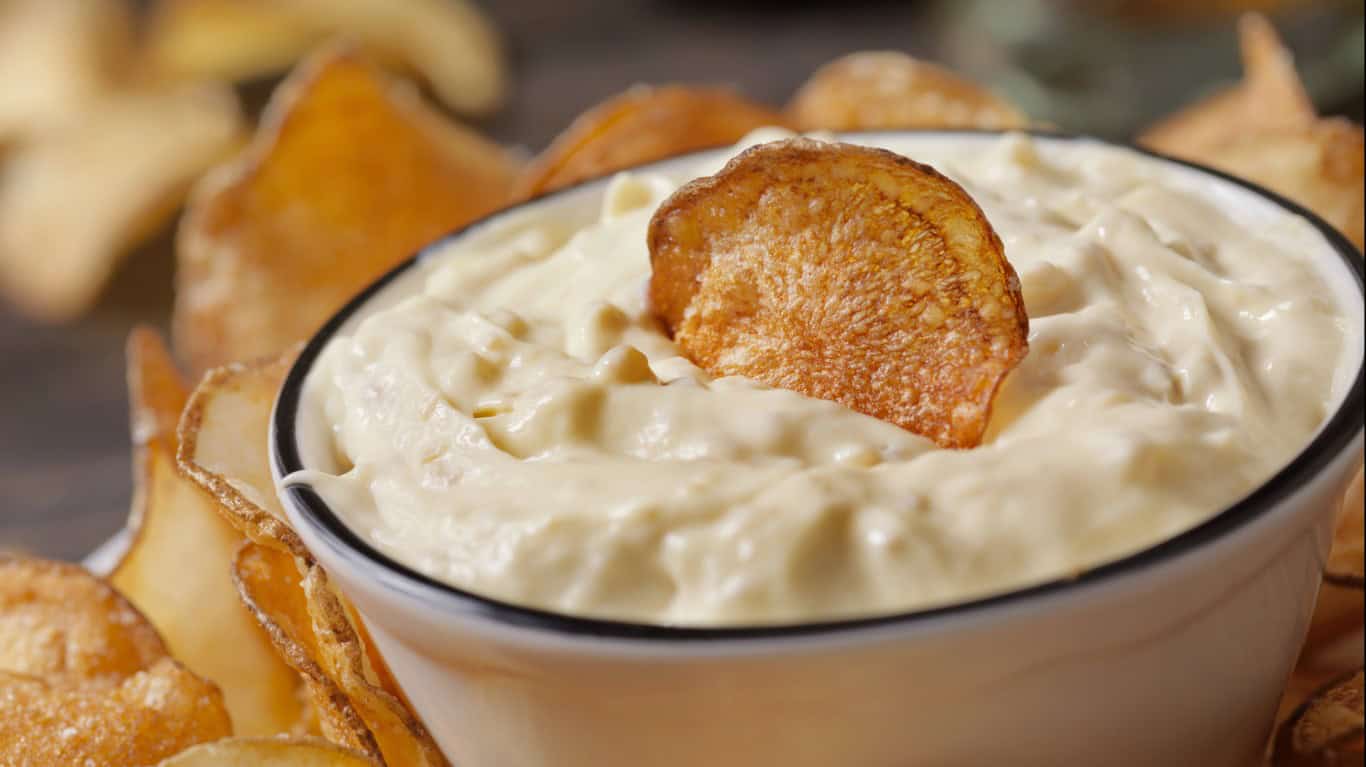
Today, when you pick up a box of Lipton Onion Soup Mix, the recipe for the classic tangy dip is right on the package. However, the company was not the original maker of the dip; instead, it was a creative homemaker who discovered that if you mix the soup mix with sour cream, it turns into the perfect party dip. The company realized their product was being turned into a dip, which was called California dip, and decided to refine the recipe and make it their own.
In the 1960s, this chip-and-dip combo was popular at parties and picnics across the U.S. Some tried to make it a little healthier by serving it with a mix of crudite, like carrots and other vegetables, but we think it tastes best when paired with salty chips.
Porcupine Meatballs
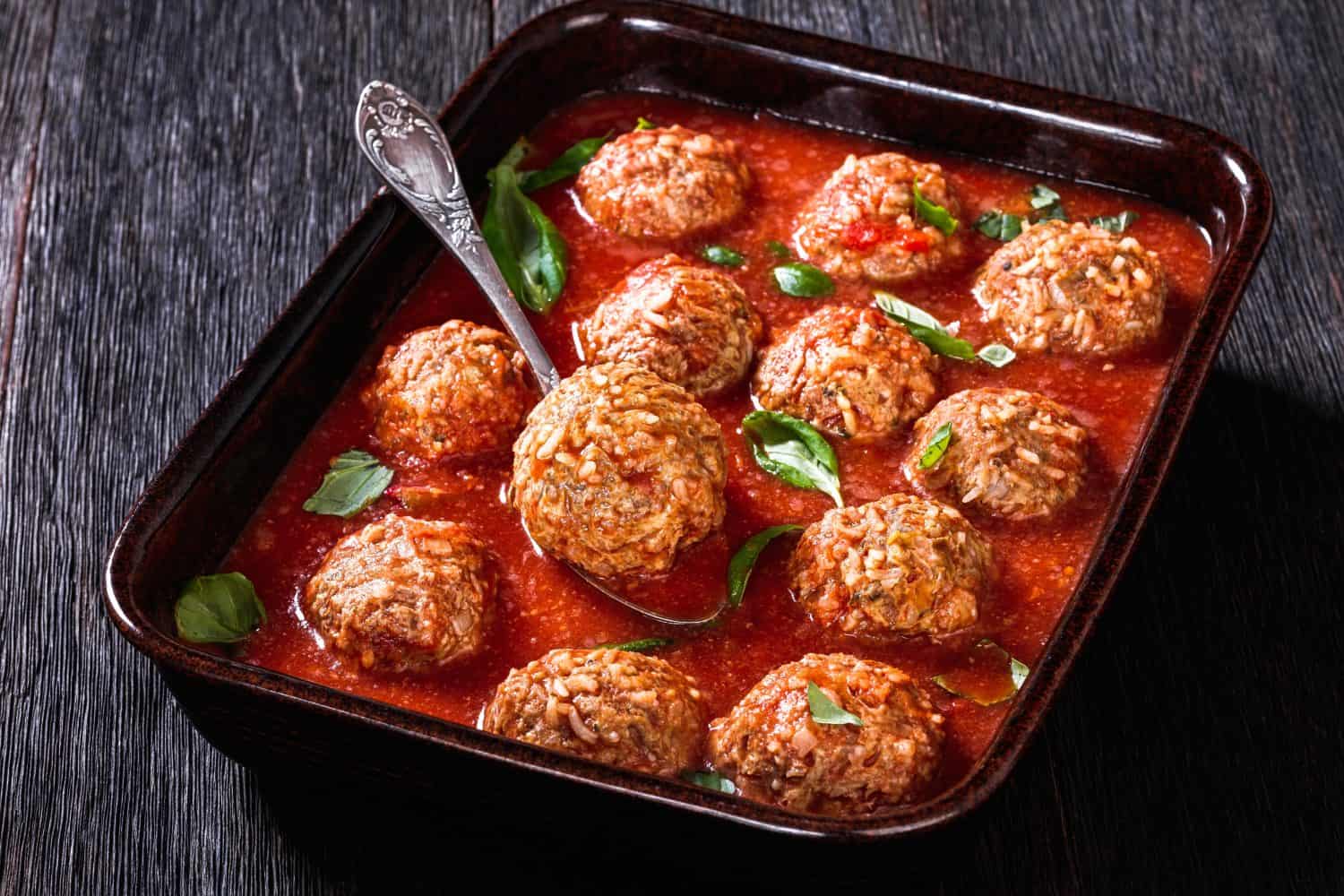
Meatballs have been popular for decades as a way to make a small amount of ground beef or pork stretch. But in the ’60s, porcupine meatballs really took off as a mealtime staple. Thankfully, these meatballs are not made with porcupine meat; instead, they are made with ground meat and uncooked rice, giving them a shaggy look, unlike typical round, smooth meatballs. They were simmered in a creamy sauce or added to canned soup.
If you want to try remaking the dish, opt for short-grain white rice, like arborio or sushi rice because it has a higher starch content and helps the meatballs keep their shape.
Gelatin Molds
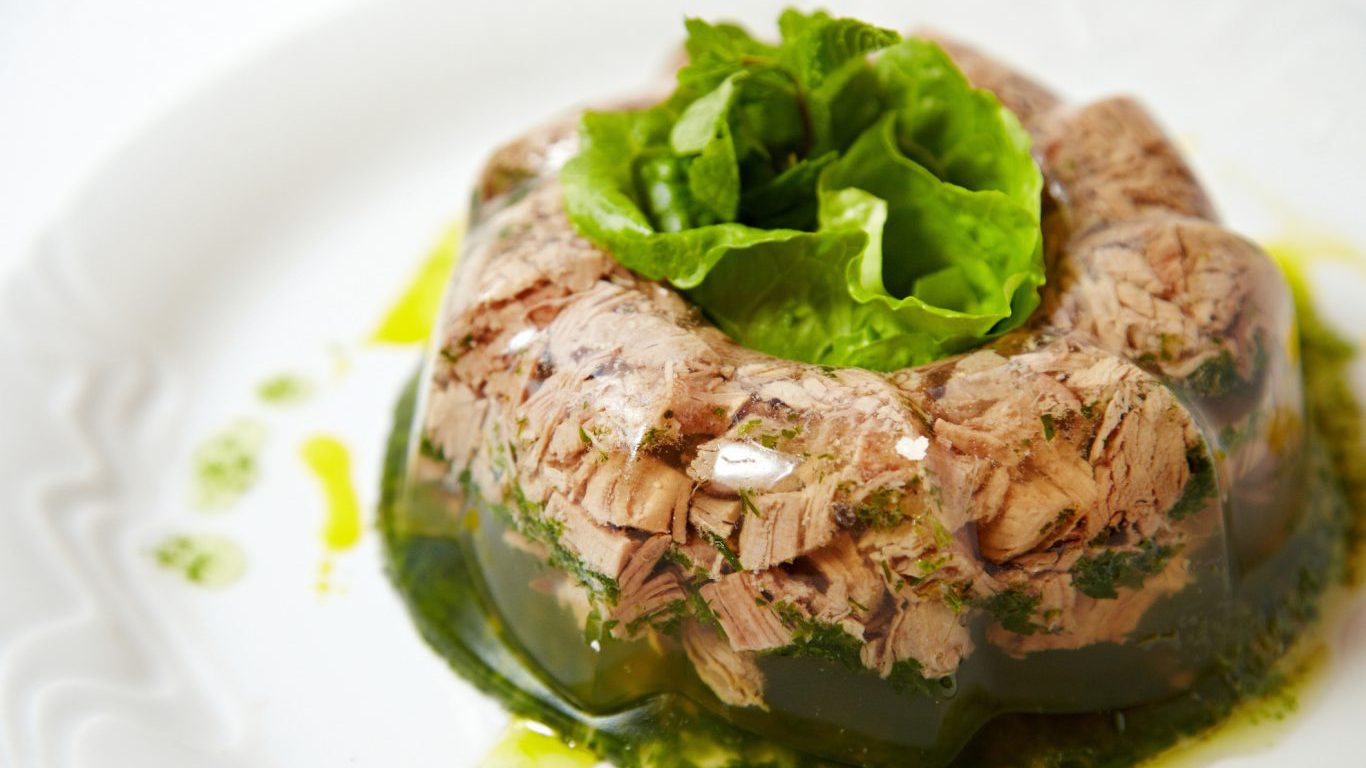
Jello molds are one of the quintessential foods of the 1960s. These colorful molds were made with powdered gelatin and chunks of brightly colored fruit. Creative home chefs used the jello mold to make elaborate edible art pieces to showcase their cooking skills.
Dessert jello molds weren’t the only way jello was served; savory jello or aspic was a popular way to serve meat and vegetables at the time. Aspic is a meat dish where all of the ingredients are suspended in a meat gelatin. They can have just about anything in them, from pork to veggies to boiled eggs. Aspic probably became popular during the time due to the publication of Julia Child’s “Mastering the Art of French Cooking,” which was published in 1961 and was a big influence on sophisticated homemakers looking to impress.
Pineapple Skewers

In 1959, Hawaii became the 50th state, and American consumers became obsessed with Hawaiian culture, and the tiki craze began. Throughout the 1960s, the tropical-inspired tiki culture took over, and pineapple became a star. The bright yellow tropical fruit was sold fresh and canned and was added to just about everything in the kitchen. It was baked into cakes and desserts, mixed with spirits for a festive cocktail, and made into a fun appetizer; it was quite simply everywhere. Pineapple skewers were served as an appetizer with little cocktail swords, usually a chunk of pork sausage and sometimes a maraschino cherry.
Pineapple wasn’t just a hit in the U.S. but in up north, too. It was during this time that a Greek restaurant owner in Canada decided to add pineapple to pizza, and the Hawaiian pizza was born.
Shrimp Cocktail
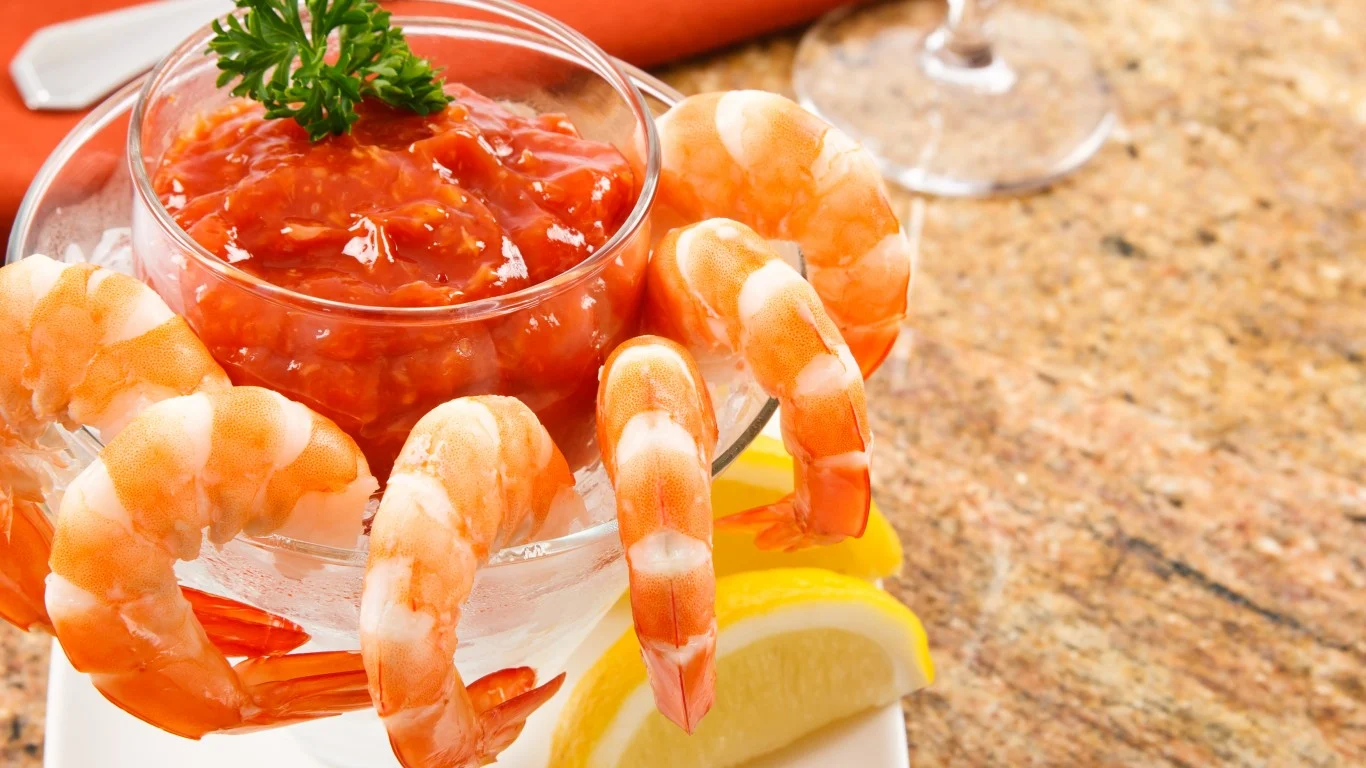
The epitome of sophistication in the 1960s was starting a meal with a shrimp cocktail. The dish was served in a crystal serving dish with perfectly pink large shrimp hung around the wedges and a tangy red sauce made from a mix of ketchup and horseradish sauce for dipping. A couple of slices of lemon decorated the side. It was bright and colorful and embodied the tropical aesthetic that became so popular during the time.
Cheese Ball
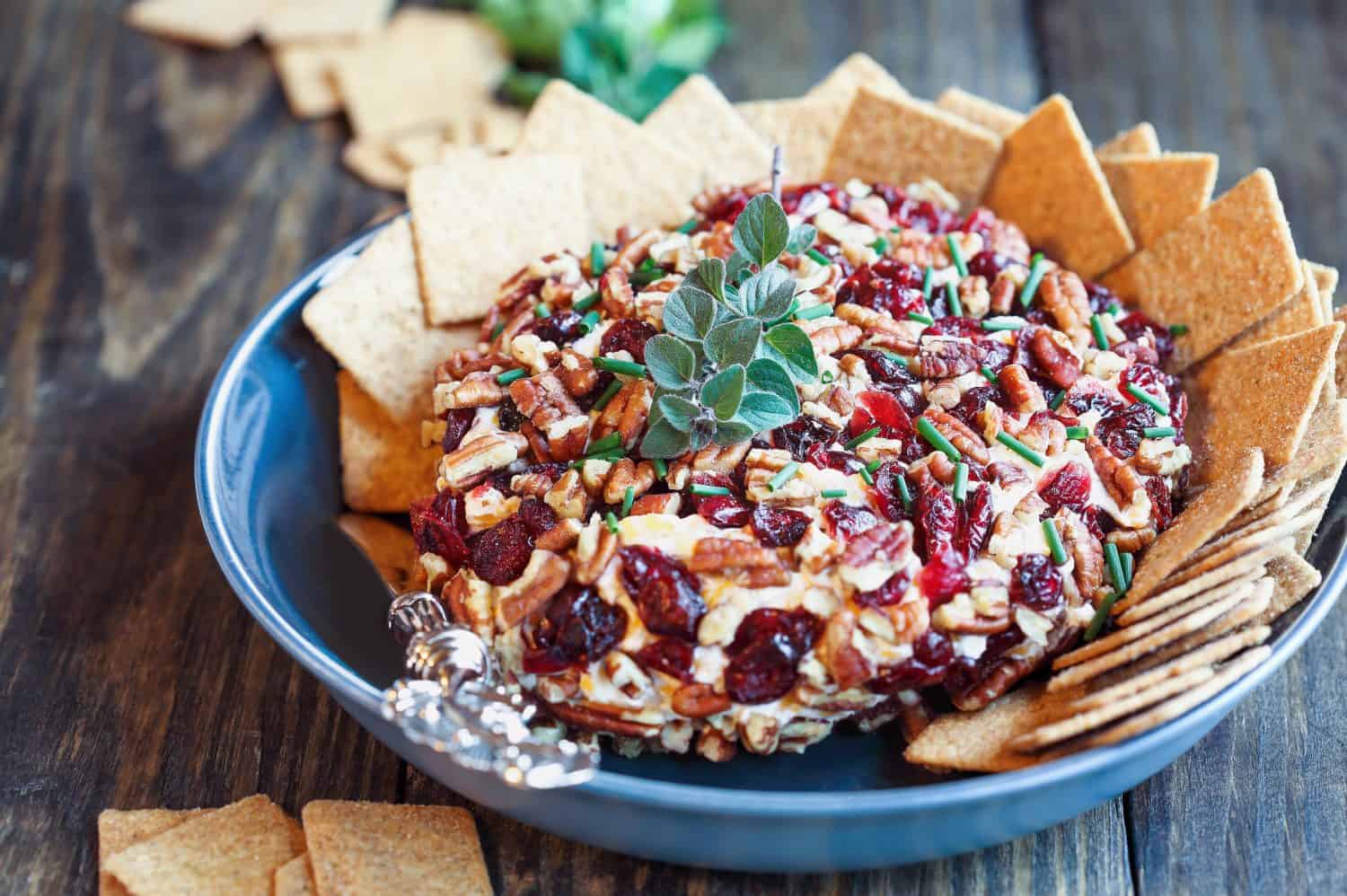
In the 1960s, no party was complete without a cheese ball. The beloved appetizer starts with cream cheese mixed with other cheeses and seasoning, then it’s formed into a ball or a cheese log and rolled in slices of almonds, chopped peanuts, or even pistachios. It is served with a mix of salty crackers. The fun thing about a cheese ball is you can add all kinds of ingredients, and it wasn’t unusual to find pieces of ham and pineapple mixed in, too.
Lucky for cheese lovers everywhere, the vintage cheeseball appetizer has started to make a comeback. These days, you can find them premade in supermarkets with much more exciting ingredients like goat cheese and blueberries or port wine with dried cranberries.
Chicken a la King
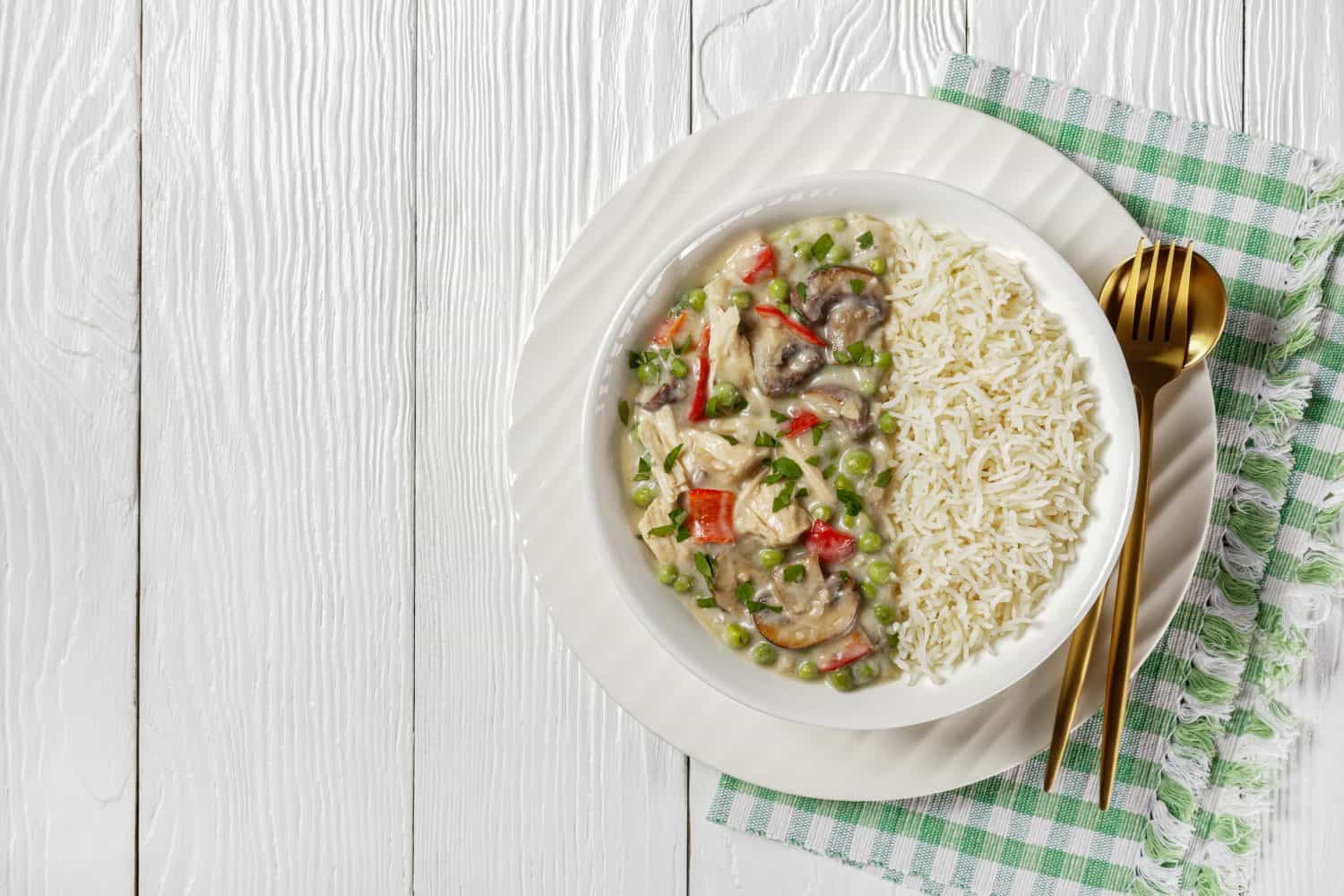
The dish with the royal-sounding name was a staple throughout the 1960s in fine dining establishments as well as home kitchens. The core of the dish is chunks of chicken and mushrooms served in a savory cream sauce. Depending on where it was served, it may be plated with slices of toast or ladled over a bed of egg noodles or rice. More decadent versions were topped with crushed potato chips or crackers. Some creative home chefs added carrots and peas, making it similar to the inside of chicken pot pie. Over the years, enthusiasm for Chicken a la King waned, and it hasn’t been regularly seen on menus since mid-century.
Since it’s a pretty easy dish to make, it’s worth trying if you like a creamy chicken and vegetable sauce. You can also swap out any of the ingredients to customize it with different vegetables and even omit the chicken altogether to make it a veggie-heavy dish. But no matter how many heart-healthy veggies you add, this dish is made with a heavy cream, so it’s not for those watching their waistline.
Beef Stroganoff
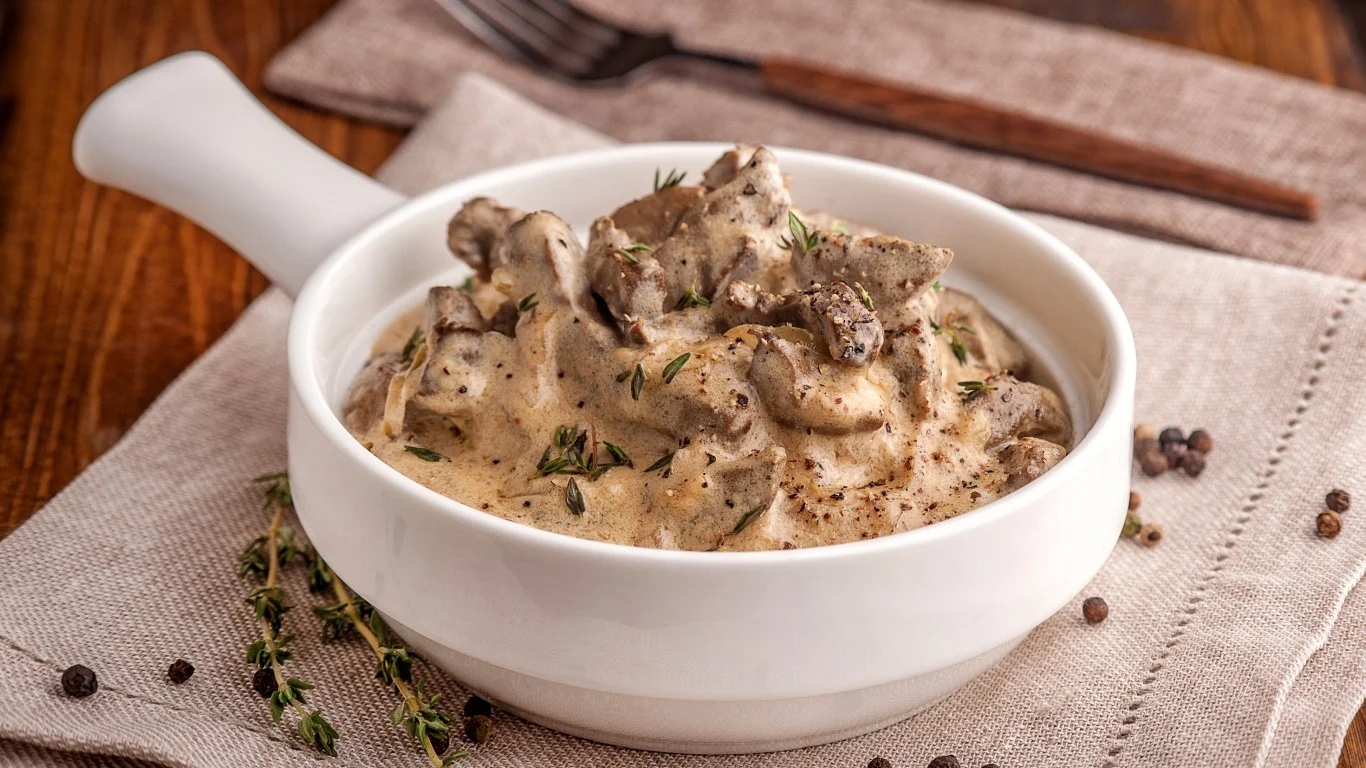
Beef stroganoff is a cousin of Chicken al King. It’s a creamy, meaty dish made with pieces of beef and mushrooms and served over egg noodles or rice. The Americanized version comes from the original Russian one that was made with a mix of sour cream and mustard. While beef stroganoff was popular in Eastern Europe and China, it didn’t reach the U.S. until the late 1950s and early 1960s. It was a popular dish because it wasn’t as expensive as steak but still satisfied a meat craving. During the 60s, the classic dish morphed into a casserole, and you can still find it on menus throughout the U.S.
Tuna Noodle Casserole
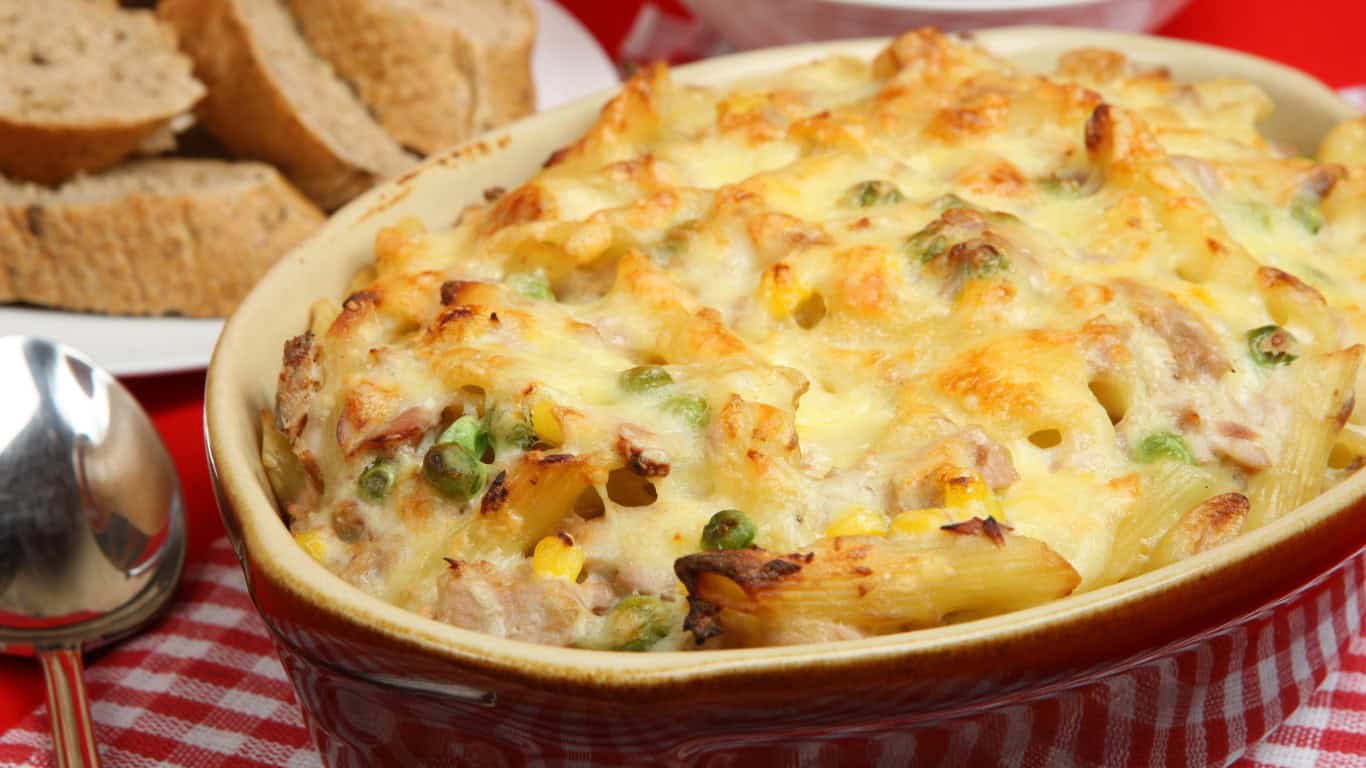
In the mid to late 1950s and throughout the 1960s, convenience cooking took hold, and many recipes incorporated store-bought ingredients into casseroles. The most well-known casserole of the time was made with egg noodles, tinned tuna, and cream of mushroom soup, all mixed together and baked into the popular tuna noodle casserole. Some homemakers added frozen peas and crushed potato chip topping to make it extra special.
Many households still regularly serve a tuna noodle casserole because this vintage recipe is a comfort food. It’s warm and filling and feels like a big hug.
Creamed Spinach
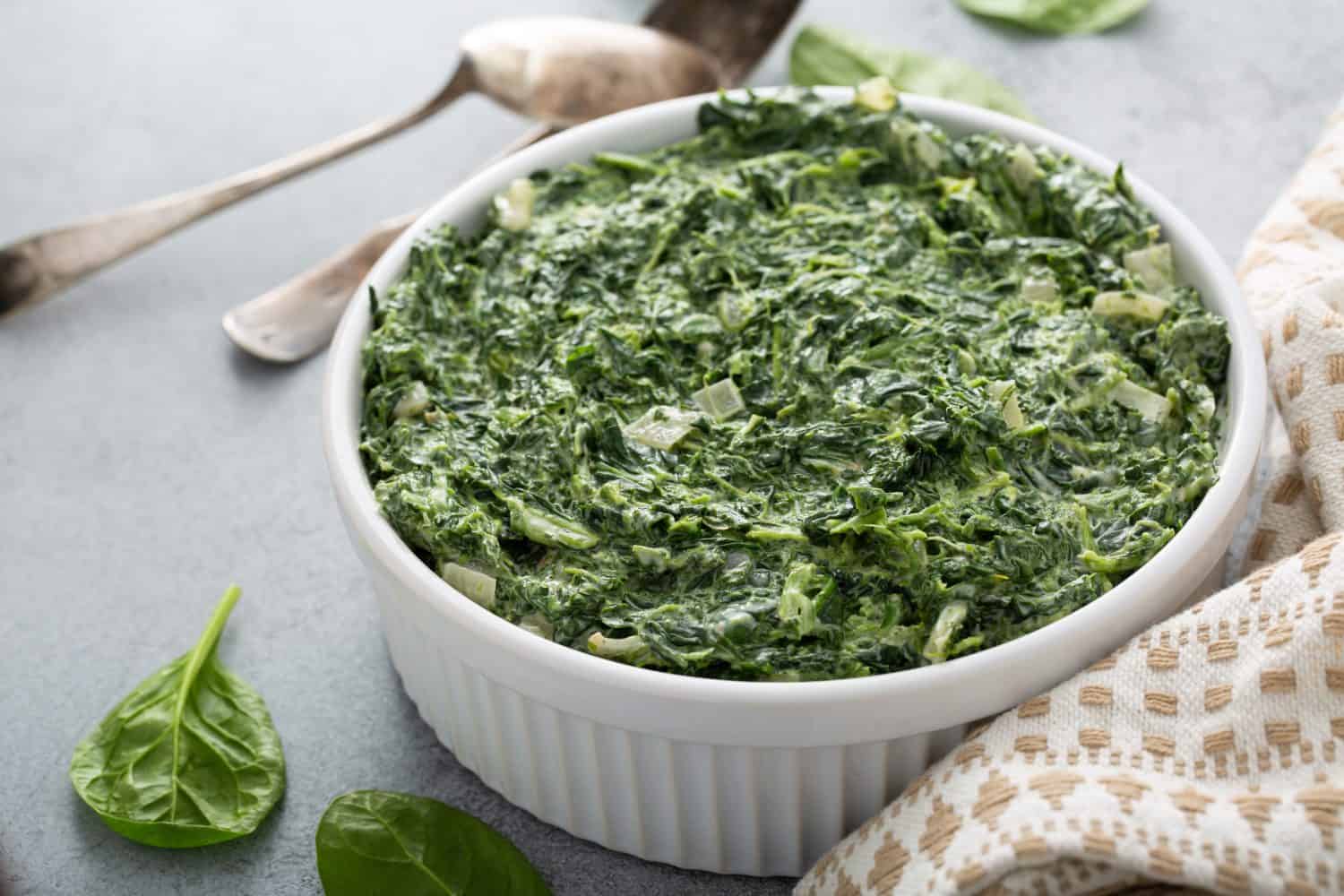
Nowadays, it might be difficult to find a restaurant that still serves creamed spinach, but back in the 1960s, creamed spinach was a popular way to eat greens. The dish was cooked spinach mixed with heavy cream, onion, and bacon served as a side dish. Spinach was the most popular vegetable to cream, but it wasn’t the only veggie; corn, carrots, broccoli, and even Brussels sprouts were also used.
Meatloaf
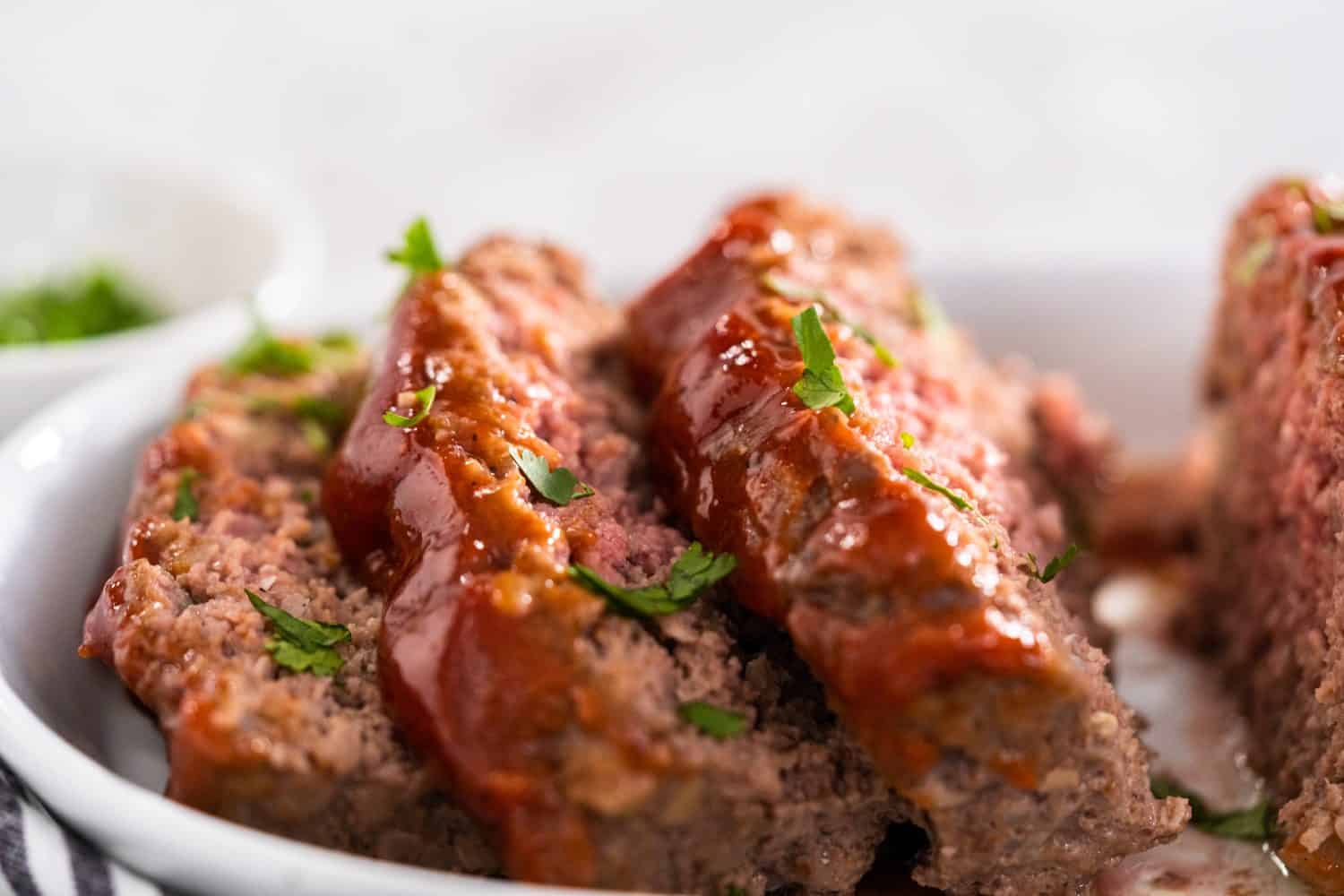
Meatloaf has been around for a long time because it’s a great way to stretch a small amount of ground beef. So, while it wasn’t invented during the 1960s, it was perfected during that time. Home cooks took a basic meatloaf made with ground meat, breadcrumbs, and eggs and turned the dish into something new by adding green olives and hard-boiled eggs and topping it with a thick spread of ketchup. Other innovative homemakers stuffed meatloaf with cheese, and some even added chunks of hot dogs and wrapped the whole thing in bacon. When you look through popular women’s magazines of the time, you can find all the myriad of different ways meatloaf was reimagined.
Recently, vintage meatloaf has gained popularity again as more and more people are looking for ways to save on groceries. If you haven’t tried meatloaf in a while, you might want to reconsider this vintage food from the ’60s and add it to your weekly meal rotation.
Spam

Spam, the mysterious canned meat, was invented all the way back in 1937 as a way to use up leftover meats and create a new lunch meat. It has remained on the shelves all of those years. During World War II, many turned to Spam as a cheaper protein, and it became popular as an inexpensive, non-perishable food. But Spam really took off in the 1960s when it was turned into all sorts of creative dishes. It was put into pancakes, added to grilled cheese, and covered in canned peaches for a quick glazed meat dish.
In Hawaii, Spam is still incredibly popular and has become associated with Hawaiian cuisine. One favorite way to eat Spam is with rice wrapped in a sheet of nori, called Spam musubi. Today, you can find this in many convenience stores across the island as an inexpensive cold lunch.
Clam Dip
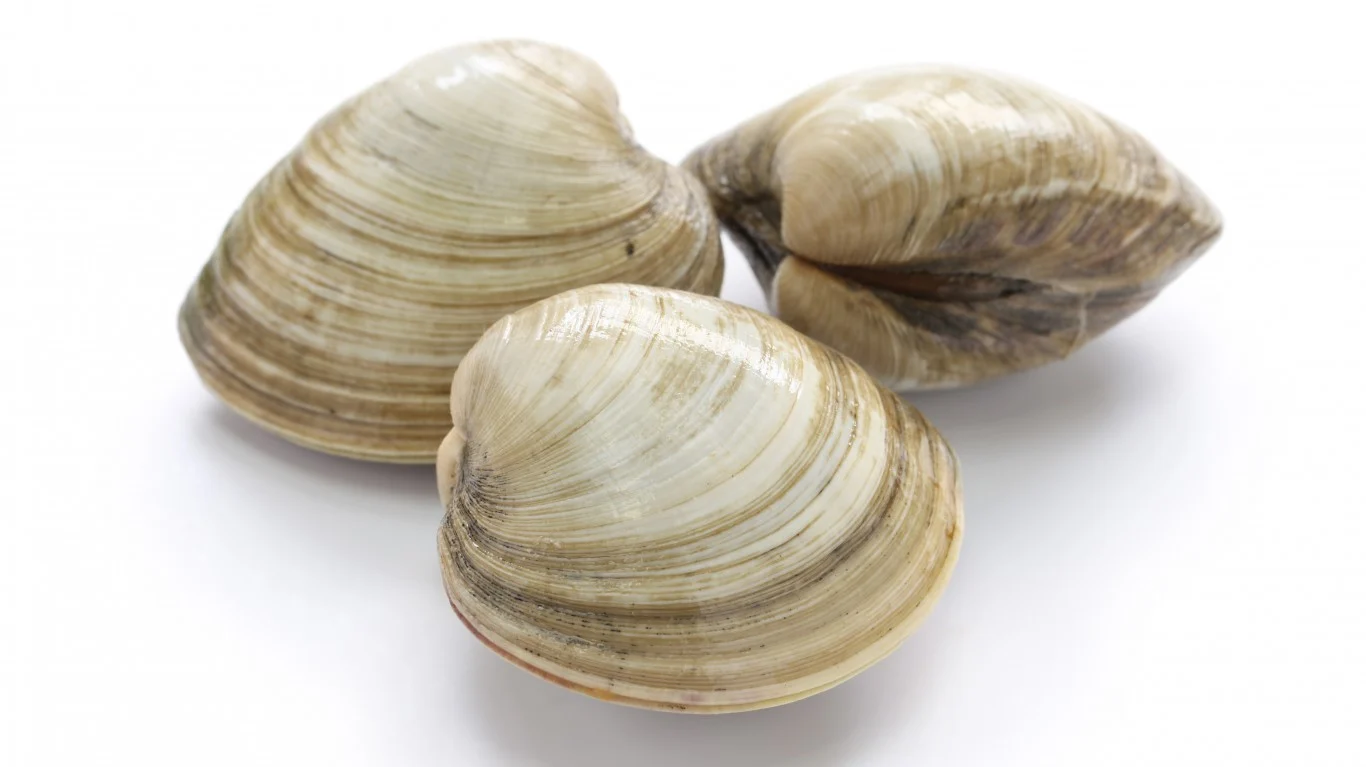
Dips got a lot of attention in the 1960s, and one that was an absolute favorite was clam dip. Magazines and advertisements of the time praise the elegant taste of clam dip. The simple dip is a mix of canned clams and cream cheese. Some savvy hostesses might even sprinkle some fresh chives for an elegant presentation. The dip was served with chips or crackers. One ad for the dip claims it is best with potato chips with ripples like Ruffles.
In today’s culinary climate, using fresh ingredients is considered the best, but one magazine of the time states that fresh clams should never be used to make this dip. If you haven’t tried clam dip, we suggest you make it and bring to your next gathering and see if it is still one of America’s favorite dips.
Party Mix
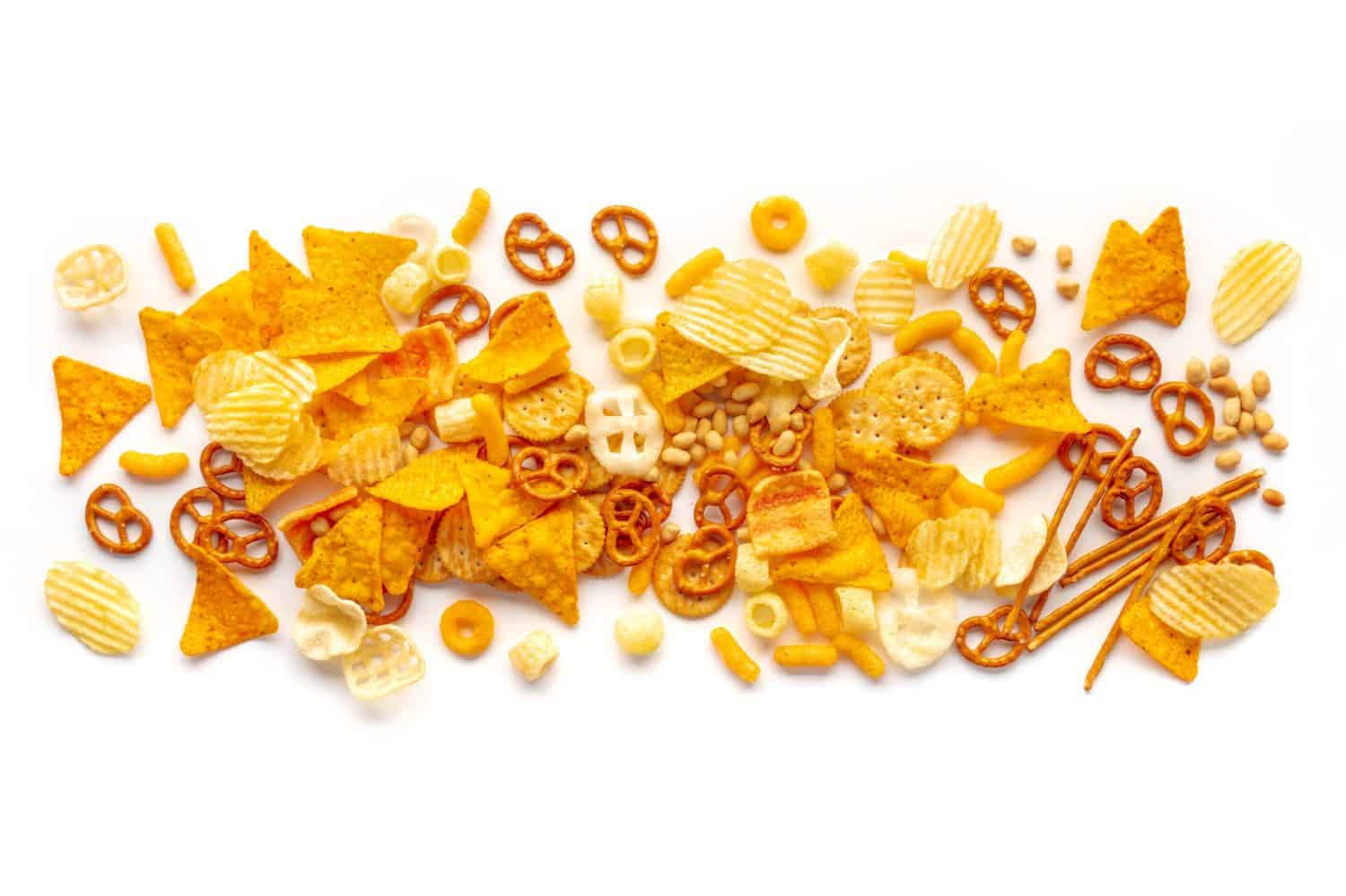
Party mix is another snack mix that you do not see as much anymore, and that’s a shame because this crunchy, salty snack is great with a cold beverage. It is a retro snack made with corn, rice, and wheat Chex cereal mixed with peanuts and pretzels sprinkled with Worcheshire sauce and even more salt. At the time, party mix was a new invention as boxed cereal was new to the market and still a novelty item.
This is probably one of the easiest snacks to put together. It is perfect for the person who wants to bring something to game day or the school potluck but doesn’t have time or cooking chops to do more than open a prepackaged snack.
Liver and Onions
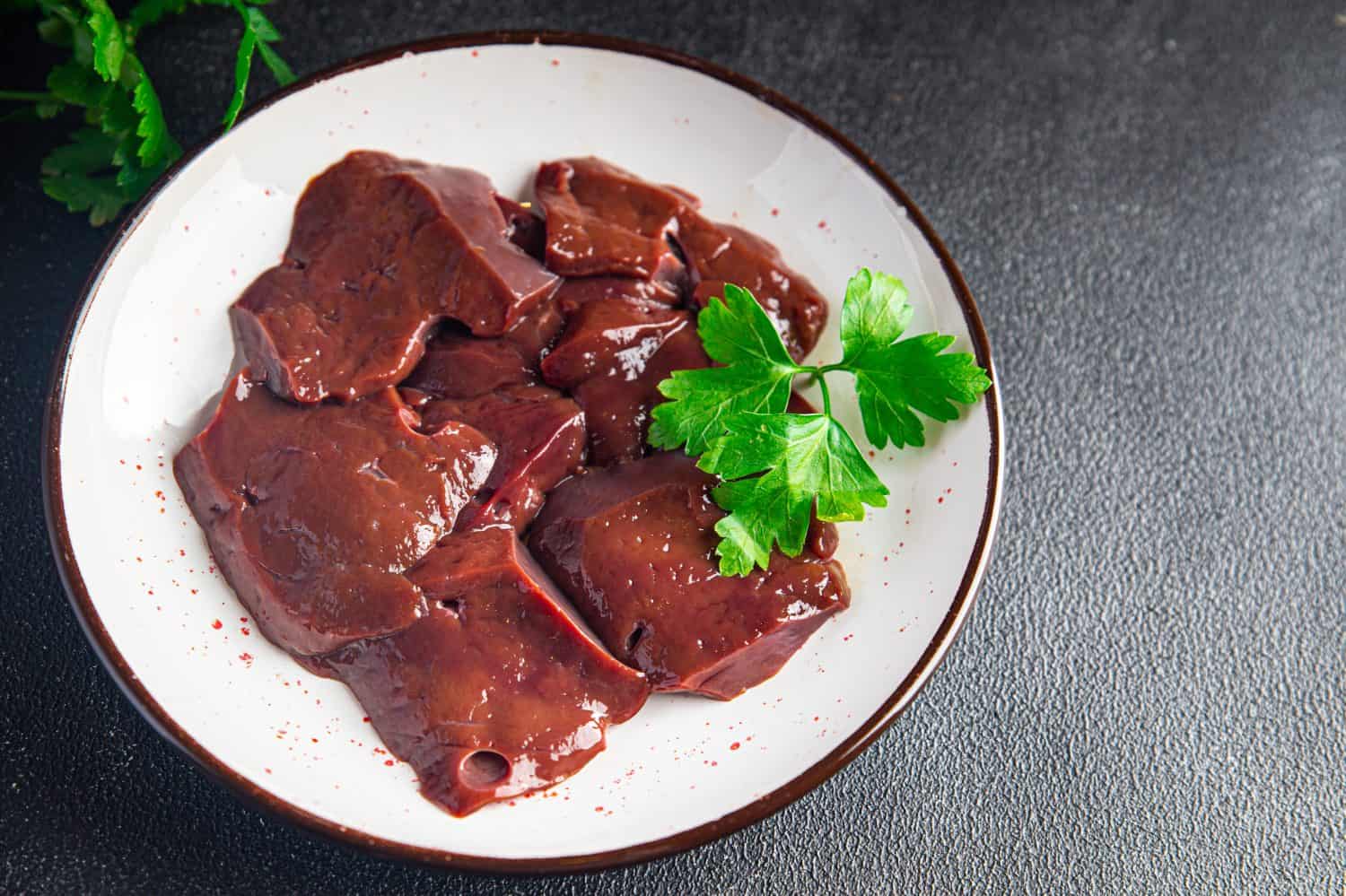
Nowadays, you won’t find liver and onions on many restaurant menus because eating organ meat has definitely fallen out of favor with the majority of the population. However, this classic dish might be one of those vintage foods from the ’60s that is worth trying now. Beef and pork liver have health benefits, and when paired with tangy onions, the dish turns into a tasty dinner.
This interesting duo seems to be making a comeback partly for nostalgia and curiosity for vintage foods, partly because organ meats are considered superfoods. They are nutrient-dense and easy on the wallet, making them an interesting new ingredient for chefs and home cooks alike to play with and find new ways to make them more palatable to young diners who may not have grown up on the duo.
Ambrosia
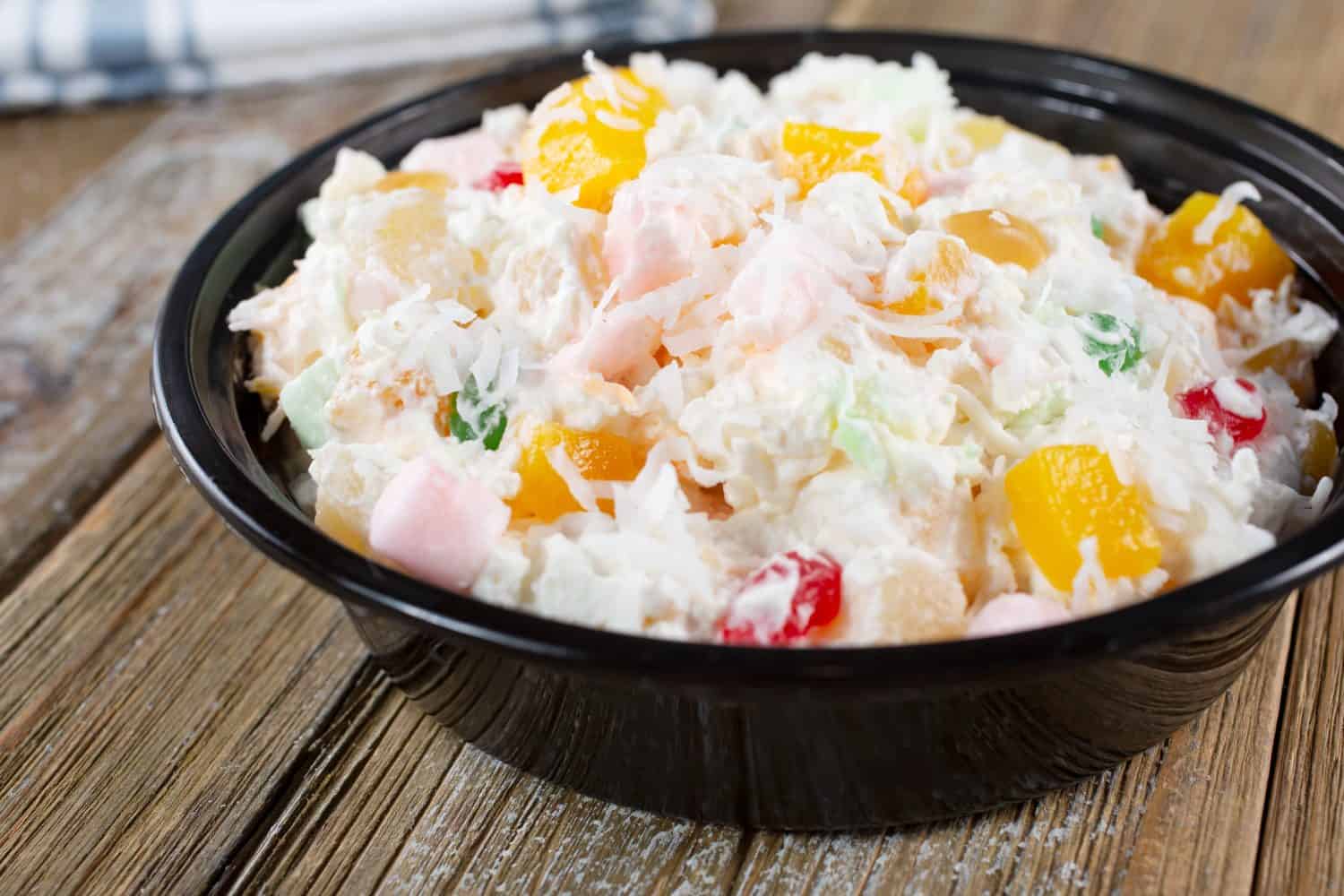
In the 1960s, the word salad was thrown around quite a bit for foods that would not fit the modern-day definition of the word. Ambrosia salad is one of those salads that is more dessert than salad. This mid-century dish was common at family dinners, potlucks, and picnics. There are variations of ambrosia salad, but the standard ingredients are canned fruit, jello, marshmallows, and coconut flakes. Modern home cooks are trying to bring the ambrosia salad back by swapping canned fruit for fresh and finding new ingredients to make it more appealing.
Cherries Jubilee
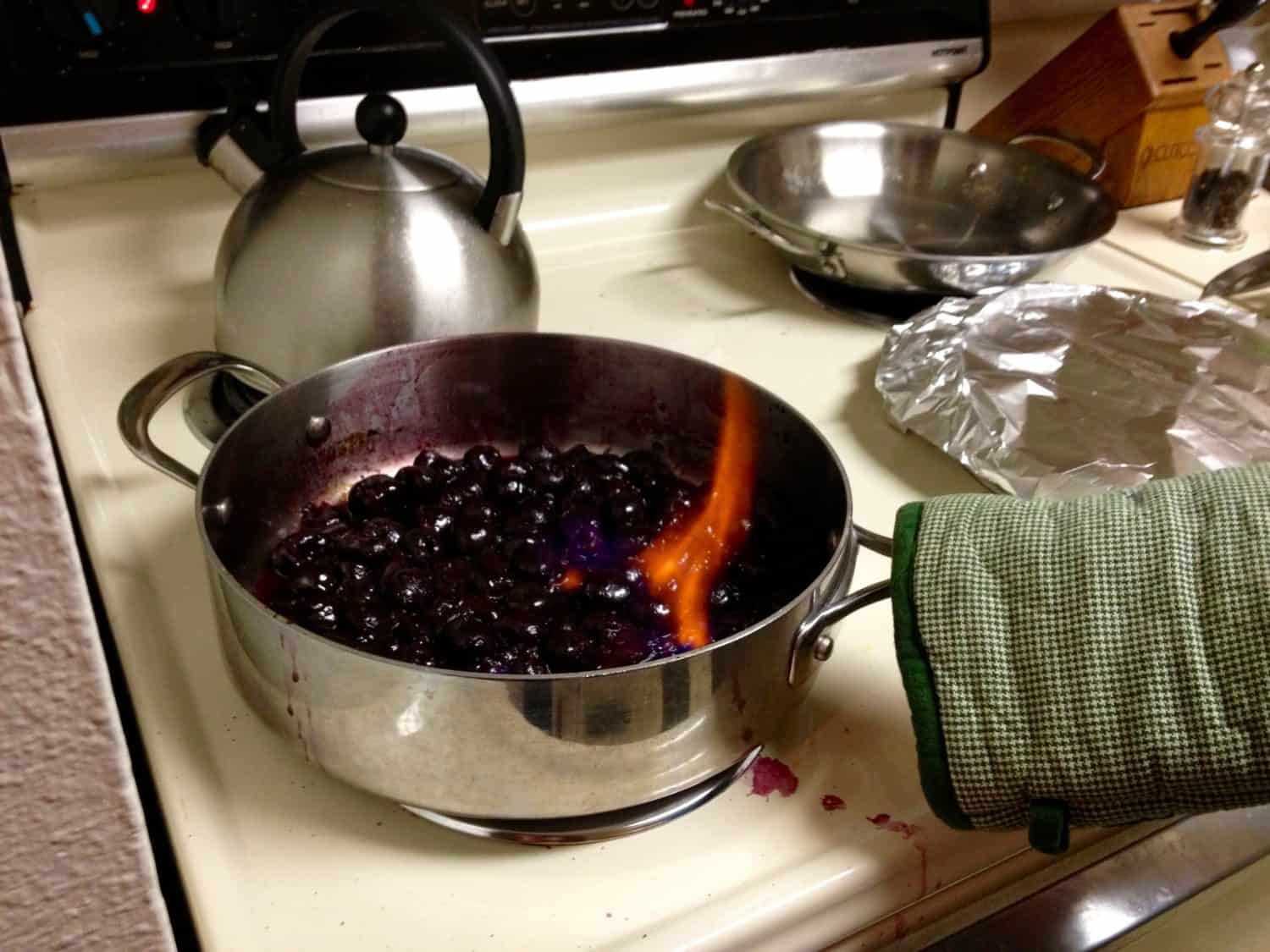
The show-stopping dramatic dessert, cherries jubilee, was an exciting way to end a meal in the 1960s. The flaming dessert is a mix of cherries poached in a syrup with brandy and set aflame over a scoop of vanilla ice cream. It was a popular mid-century dessert in the most sophisticated restaurant at the time, the steak house.
If you like the drama of a dessert on fire, try making this vintage treat at home. But make sure you have a fire extinguisher ready, just in case.
Baked Alaska
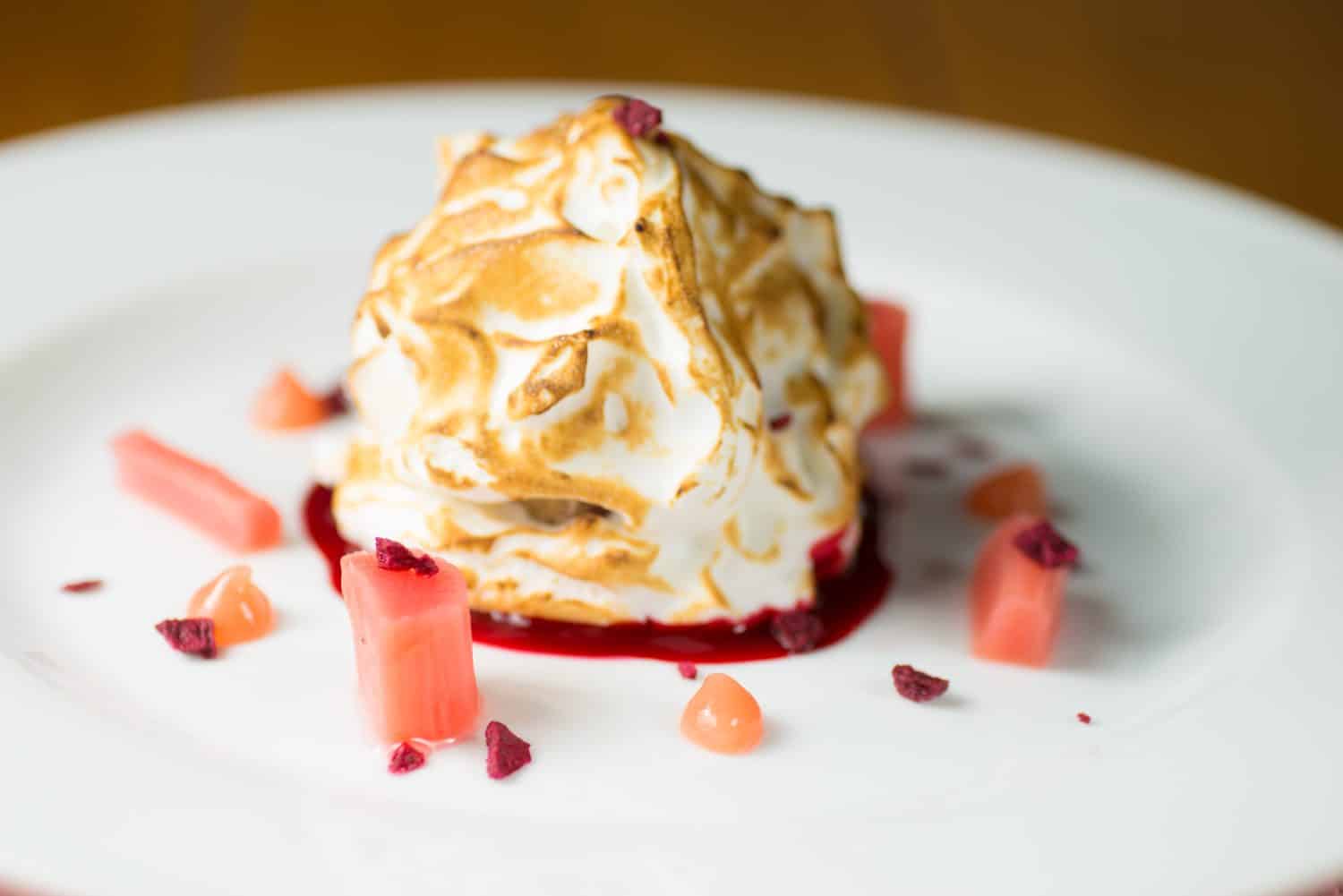
In 1959, the great state of Alaska was welcomed into the United States, and the Arctic region became a place of fascinating mystery, which may have prompted the revival of this classic dessert. Baked Alaska was created at the end of the 19th century and was originally called Alaska, Florida, because of the contrasting temperatures. The original recipe featured buttery sponge cake topped with banana ice cream and encased in a thick layer of meringue, which was then toasted on the outside. The thick meringue served as sugary insulation, keeping the ice cream cold and the toasted meringue warm. The expensive treat was later named Baked Alaska and featured in Better Homes and Gardens in the 1960s.